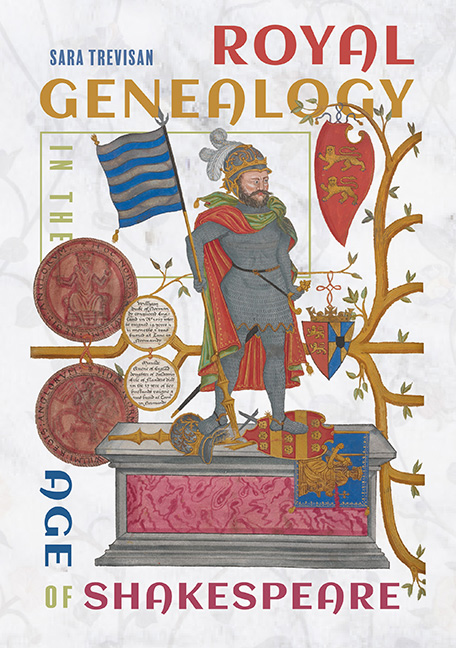Summary
After the blow caused by the sudden death of Prince Henry in 1612, James's genealogical tree still had one more bud in store: the second-born, Prince Charles. Royal legitimation was no longer a major concern when Charles was proclaimed king by ‘lineal right’ in 1625. Themes such as the sterility of death and the uncertainty of the royal line which had populated public lamentations for Elizabeth I were absent in funeral elegies for King James. During the period of mourning and the funeral procession, James was celebrated according to tradition with a wax effigy upon a catafalque, images of which appeared in print. The frontispieces of two elegies had the title framed within a funeral monument featuring skeletons, Father Time with hourglasses and scythe – the customary memento mori. The poet Arthur Johnstoun wrote that the king they used to call ‘pater patriae’ was now only a shadow. John King recreated in verse James's empty tomb; after arguing the impossibility of a ‘reversion’ of James's body from dust to life, he praised his effigy as a lasting material form of commemoration. William Hodson described his feelings upon seeing the king's effigy in Denmark House:
As often as I walk unto that place,
O how I gaze my Caesar in that face!
O how my ravished soul doth reverence
In that same curious work Art's Excellence!
Wonder it is such colours should grace Death,
Pity it is such Beauty should want breath.
In Upon the Death of K. James, James Shirley walked from room to room in Denmark House, hoping to see the royal effigy and find confirmation that the monarch was dead. Whilst the effigy represented James's death, the poet knew nevertheless that ‘the King I sought, might be alive’ in his successor; as the law says, ‘the King never dies’. Shirley concluded: ‘I found the King [at Whitehall] /…and boldly did revive, / King James not dead, he was in Charles alive.’
- Type
- Chapter
- Information
- Royal Genealogy in the Age of Shakespeare , pp. 268 - 272Publisher: Boydell & BrewerPrint publication year: 2020

